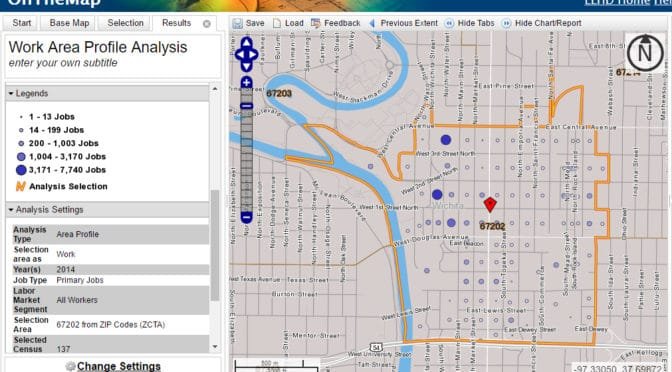Tag: Center for Economic Development and Business Research
-

Census data for downtown Wichita workers
Is the presentation of the number of workers in downtown Wichita an innocent mistake, mere incompetence, or a willful lie?

Is the presentation of the number of workers in downtown Wichita an innocent mistake, mere incompetence, or a willful lie?